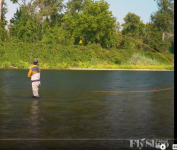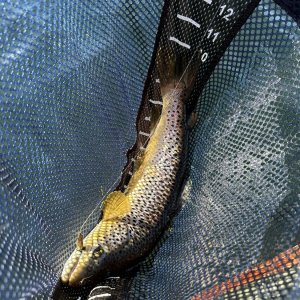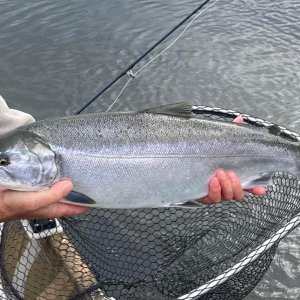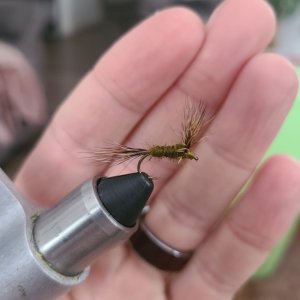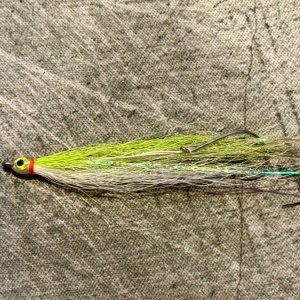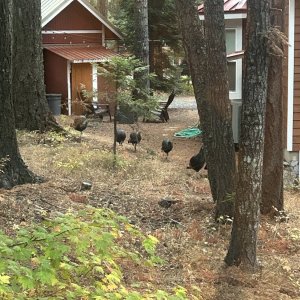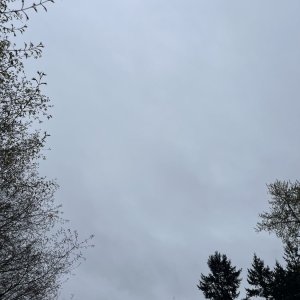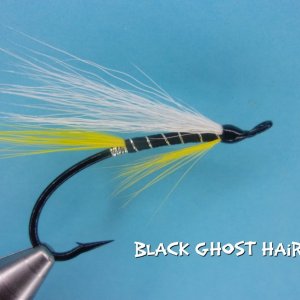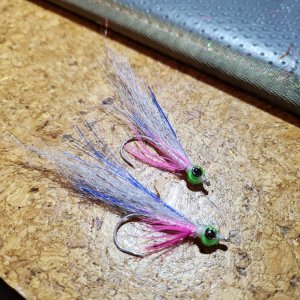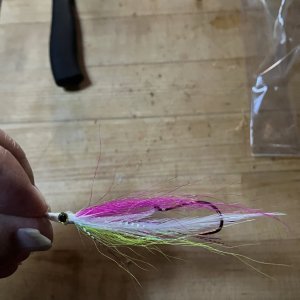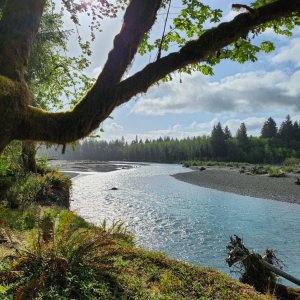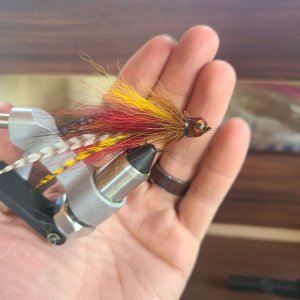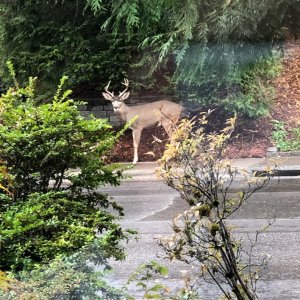coastalcutty
Smolt
Thanks all for the input and assistance! I made the leap and bought an Echo TR 13' 7wt with a Skagit head. Lots of opinions here and elsewhere led me to feel that was the best place to start.
I was out this weekend practicing casting and I've got a long way to go. I've watched tons of videos, so I think I know what to do to make both snap T and double Spey casts, but I'm not sure what exactly I'm doing wrong. The biggest issue is that my casts tend to pile up instead of straighten out.
In single hand casting I find this happens when my line gets long and I don't wait long enough for the rod to load. I assume it's about rod load with Skagit too, meaning I'm going too fast and the rod never loads or too slow, and losing the tension. I feel like I tried speeding up and slowing down. How can I pinpoint which one is the cause? Or is there another cause?
I was out this weekend practicing casting and I've got a long way to go. I've watched tons of videos, so I think I know what to do to make both snap T and double Spey casts, but I'm not sure what exactly I'm doing wrong. The biggest issue is that my casts tend to pile up instead of straighten out.
In single hand casting I find this happens when my line gets long and I don't wait long enough for the rod to load. I assume it's about rod load with Skagit too, meaning I'm going too fast and the rod never loads or too slow, and losing the tension. I feel like I tried speeding up and slowing down. How can I pinpoint which one is the cause? Or is there another cause?

